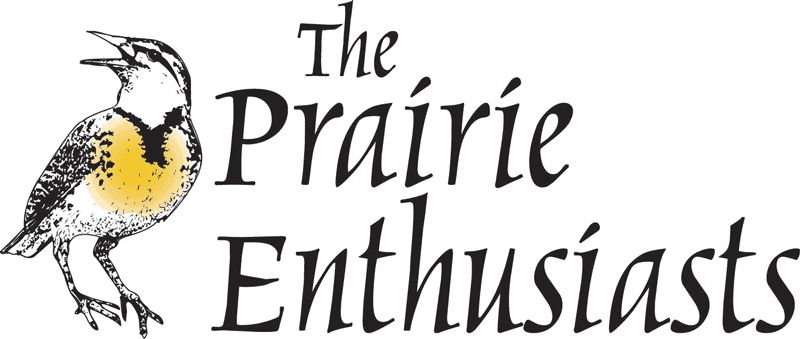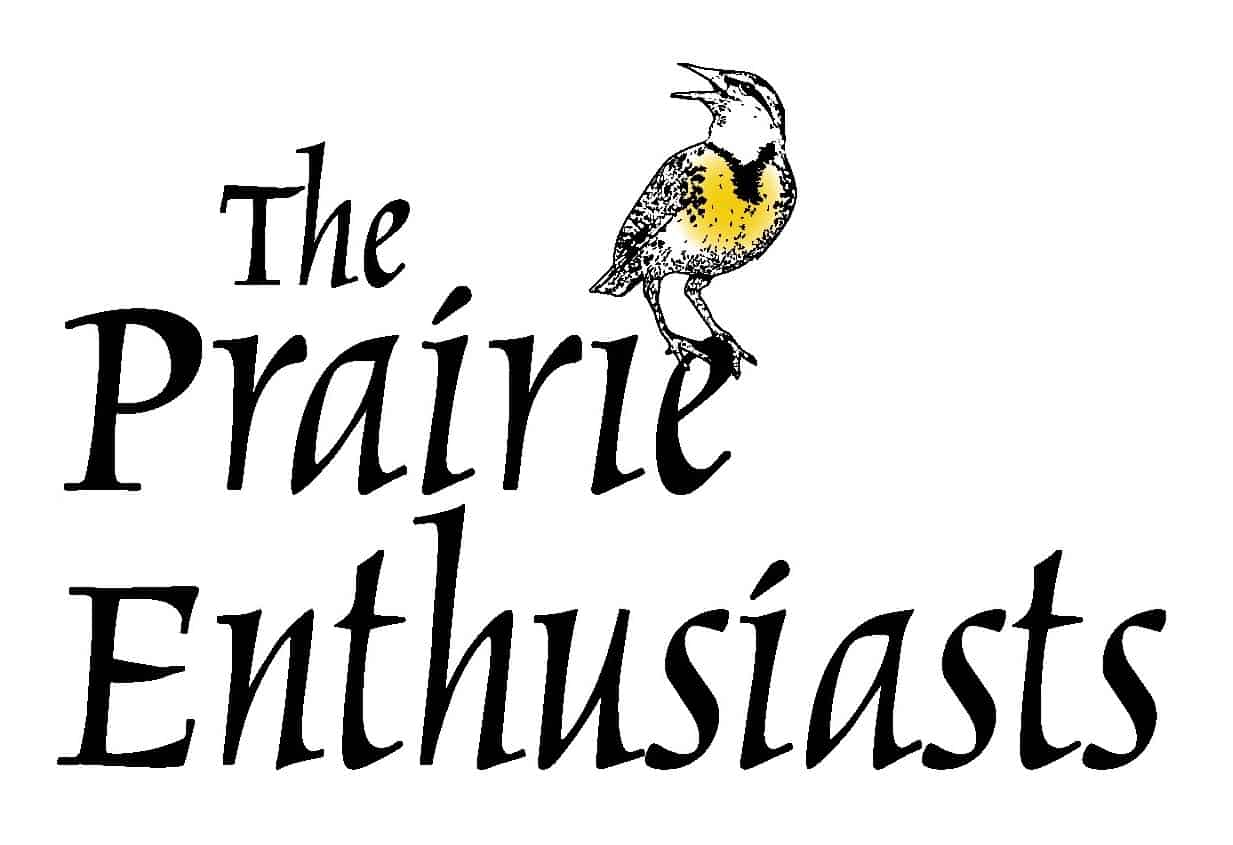Here’s a recap of Driftless Area phenology from the past month, written by our very own Pat Trochlell. Pat’s inspiration comes from her career as a wetland ecologist with the Wisconsin DNR. She and her husband, Ken Wade, live near and are stewards of TPE’s 30-acre Parrish Oak Savanna, a diverse woodland ecosystem of over 240 native species.
Follow our Facebook page to read Pat’s column once a week.

Chicken-of-the-woods (Laetiporus sulphureus) fungus. Photo by Pat Trochlell
6 August 2020
A cool morning this week is what saved us. Pulling invasive weeds along the side of the road, I noticed a perfectly round hole in the ground, about an inch in diameter. Soon I saw insects coming and going from this underground hole. It was a nest of yellowjackets, and the only reason we hadn’t been stung multiple times was that the cool temperatures made the resident insects slow.

Yellowjacket entering its nest hole. Photo by Pat Trochlell
At this time of year we are starting to see some very showy flowers in the wetlands. One of the “matrix” or dominant species of southern sedge meadows that is blooming now is spotted Joe-Pye weed (Eutrochium maculatum). The flowers can form a blanket of deep pink across low areas of the landscape. This species is associated with areas of groundwater springs or seeps. Where wetlands adjoin oak savannas, you can see a transition from the deeper pink of the wetland species to another species in the same genus.

Spotted Joe-Pye weed. Photo by Pat Trochlell
The woodland or purple Joe-Pye weed (Eutrochium purpureum) can also dominate the landscape in the nearby oak woodlands and savannas. The difference between these two species is fairly clear. Spotted Joe-Pye weed has spotted or purplish stems and a flatter, darker purplish flower head. Woodland Joe-Pye weed has greenish stems and a lighter pink, more domed flower cluster. As you walk through these areas, distinguishing between these two species can help you keep your feet dry.

Woodland Joe-Pye weed. Photo by Pat Trochlell
13 August 2020
Have you ever wondered how invasive plants are spread? There are many vectors that can spread seeds and other plant propagules, including natural processes like wind and water. But people, vehicles, and animals can also be significant sources of spread. Those of you who work on invasive species removal can theorize how they are spread based on the plant growth patterns and locations where you see them. For instance, garlic mustard growing on a roadside was likely spread by mowing equipment. If it’s found at the base of a tree, that can indicate that a squirrel or raccoon was carrying seeds on its fur and a seed fell off when it climbed the tree.
We often follow trails and deer paths when searching an area for garlic mustard and other invasive plants. But we rarely see the actual plant spread occurring. That is why it was particularly fortuitous to see two half-grown fawns with their coats covered by stickseed (Hackelia virginiana). While stickseed is a native plant, it is best to avoid, since the mature seeds are almost impossible to remove from clothes and dog fur.

Fawn covered with stickseed. Photo by Ken Wade
In addition to spreading invasive and undesirable plant seeds, we also know that higher deer numbers are associated with greater cover of invasive plants due to selective foraging. Deer will avoid eating garlic mustard but feed on other species, giving a competitive advantage to the invasive plants. We’ve anecdotally seen this as we watch the deer feed on native plants – including lilies and orchids – but eschewing garlic mustard and buckthorn.
20 August 2020
Biologists and outdoor enthusiasts, like most of us TPE members, enjoy being outside observing nature. We tend to appreciate those aspects of nature that we can see and hear, like the bright yellow flowers of rosinweed (Silphium integrifolium) that is so dominant in the prairies now or the song of the cicadas or gray tree frogs from the tree canopy overhead.

Rosinweed glowing on the prairie. Photo by Pat Trochlell
But some species we rarely see. Many mammals are secretive or nocturnal, so we may not know they are present in an area unless we spot their dens, tracks or scat. For many small mammals, we don’t have a complete picture of their range or status. Trapping can be a key method for determining the presence and abundance of small mammals.
Small mammal trapping is usually done using a number of live traps which are set late in the day and checked the next morning. Animals are identified, measured and then released. A recent trapping survey at a TPE preserve yielded a number of individuals of several species of shrews, mice and voles. Several prairie voles (Microtus ochrogaster), were caught. The prairie vole is rare in Wisconsin, designated a State Special Concern species. Prairie voles are found in sand barrens and sand prairies, but also occurs in dry prairies, oak barrens and other dry habitat areas. Its preferred habitat seems to be native prairie sod, a rare habitat which is a target for TPE preservation and restoration efforts.
As we enjoy the late summer flowers, insects and birds on the prairie, consider the small mammals that are present but remain hidden in the grass. The special places we save also support many species we are just beginning to learn about.

Prairie vole during small mammal study. Photo by Pat Trochlell
27 August 2020
Some flowering plants seem to attract insects more than others. One insect-attracting plant that is blooming profusely now is the cut-leaved coneflower (Rudbeckia laciniata). It’s also known as green-headed coneflower or by my favorite name, wild golden-glow. Masses of yellow flowers do seem to glow, particularly when seen growing on the edge of a shady wetland or forest edge, their favorite habitat. This species is in the same genus as black-eyed Susan, but they can grow up to 10 feet tall. They often spread by rhizome, creating large colonies.
When the flowers are in bloom they always seem to have a swarm of bees and other insects on and around them. They have been known to attract bees, wasps, butterflies, moths, some beetles and flies. Watch for the special flowers of golden-glow, which will continue to bloom for about another month.

Bumblebee on golden-glow. Photo by Pat Trochlell

